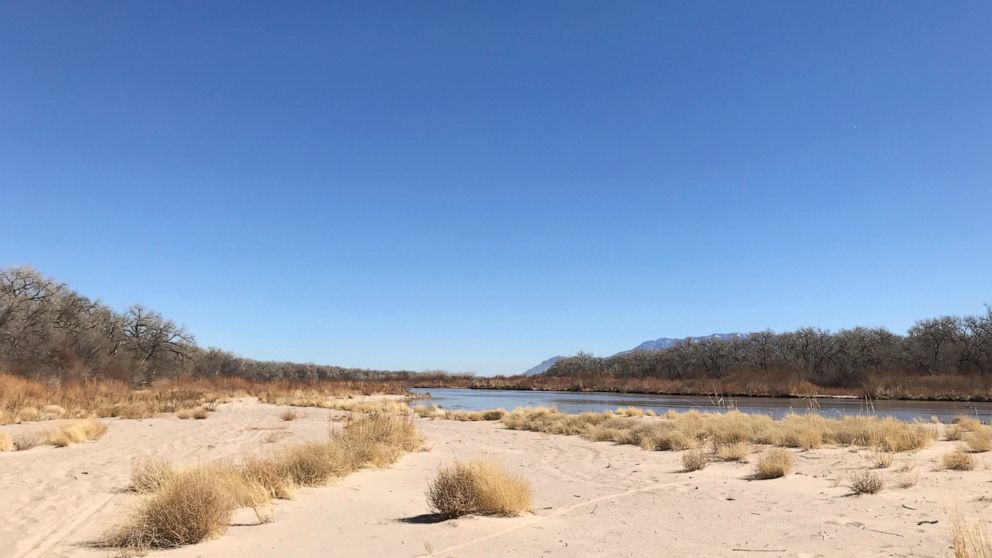ALBUQUERQUE, N.M. — As several states in the American West face intense drought, it’s shaping up to be a challenging year for New Mexico farmers because of limited irrigation supplies, with some saying conditions haven’t been this dire since the 1950s. Snowpack and precipitation are below average, spring runoff is trailing, and New Mexico is last among nearly a dozen Western states for dismal reservoir storage levels. Along the Rio Grande, New MexicoMexico’sst reservoir stands at less than 11% capacity, meaning the irrigation season for farmers in the southern part of the state will likely start late and include only small allotments.
Further north, managers with the Middle Rio Grande Conservancy District are in a position not seen in decades. There’There’stra water in the reservoirs. Interstate water-sharing agreements restrict storage and releases from upstream reservoirs since New Mexico has fallen short of what it owes Texas. Due to the meager supplies, the district was forced to wait a month — until April 1 — to start its irrigation season. Farmers were encouraged to consider resting their fields, given that demand would outpace supply. Still, many are used to the risk of planting each season, so just a fraction of the acres throughout the Middle Rio Grande Valley have been followed.
The lack of water is the culmination of a sequence of unfortunate spring runoffs over recent years, not just a single year, said David Gensler, water operations manager for the conservancy district. We continue to be dealt losing hands, hydrologically speaking. We’ve playWe’veem for all they were worth, but we continue to draw bad cards,” he said, “noting that water managers could not have done anything differently to get a positive outcome.
Statewide, more than half of New Mexico is dealing with exceptional drought — the worst category. A year ago, the state had no exceptional or even extreme drought. Utah and Arizona are worse off in drought severity, and Nevada is not far behind. California also appears to be in the midst of another drought. Utility officialsMexico’ssued a drought declaration in New Mexico’s largest city. Outdoor watering in Albuquerque is limited to twice a week, and fines for wasting water have doubled. Watering restrictions also went into effect Thursday in Las Cruces.
Water managers warn that it will be a struggle to meet irrigation demands if spring and summer rains do not develop, potentially leaving the Rio Grande to dry through Albuquerque. The threat of drying this far north isn’t new, but officials do not have extisn’tter to move around as they did in previous years. In southeastern New Mexico, on the Pecos River, irrigation allotments haven’t been this low in a century. Meanhaven’tElephant Butte Irrigation District officials recently told farmers to plan for a short year, “recognizing that we will all need to ma”e difficult decisions.”
That district went through a similar s”ason in 2013, when farmers were allotted more minor than a few inches, and water was released from a dam for only 47 days. This year, district managers anticipate running for one month. But the hydrology of the Rio Grande can be volatile and turn on a dime, Gensler said. One well-positioned spring storm could change things, or monsoons could develop just in time to keep the river flowing. As the saying goes, hope is not a plan,” he said. “We may hit the wall later th”s spring, “ave no water, and the Rio Grande will stop flowing. But until it does, we will manage every drop as carefully as possible to benefit farmers, fish, the bosque, the cities, downstream water users, and this fascinating river we all love.

